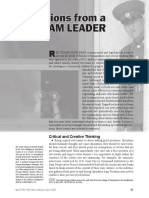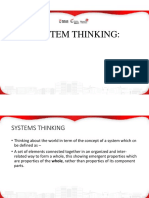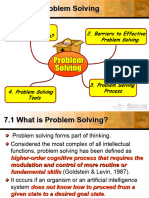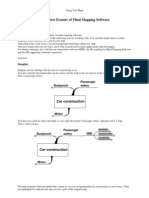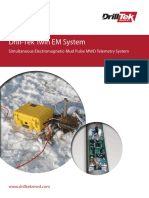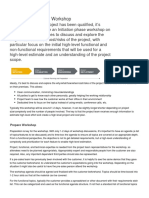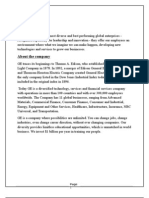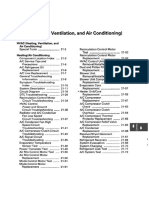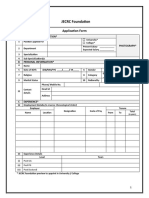CoPilot Mamba South-2
ENI Mozambique Operations
25th Sep 2012
2009 Baker Hughes Incorporated. All Rights Reserved.
�Background
The analysis of the ATK rib loss incident on Mamba NE-2 indicated
that a continuous cycle of events led to catastrophic damage to the
tool
Change in formation (possibly washout of loose sand) led to an increase in vibration
This vibration created pressure spikes in the rib hydraulic system.
The hydraulic system releases the pressure causing to the ribs to collapse
With the ribs collapsed there is no control on the bit; the bit and BHA start to whirl increasing
the levels of vibration
With the high vibration continuing the ATK cannot deploy the ribs - the cycle continues
In order to gather more data on this a CoPilot tool was run on Mamba
South-2
A CoPilot had been run above the modular motor on Mamba South-1
but had seen little vibration; this time it was run between the
modular motor and ATK in order to gain a better understanding of
what the ATK was experiencing
2 2009 Baker Hughes Incorporated. All Rights Reserved.
�High Vibration Incident MS-2
Normal drilling close agreement
between surface & downhole WOB and
torque, low vibration.
Very high, erratic nearbit inc. - vibration
creates pressure spikes in rib hydraulics
causing them to collapse ATK not
stabilising the bit which starts to whirl
1
2
3
5
Sudden change in conditions - bending
moment, laterals, surface torque
increase dramatically
Attempts to control the vibration with
the surface params are unsuccessful
ROP low energy lost to vibration/ whirl
(very high surface torque) - not being
used by the bit. No sign of hanging up
from DH WOB
System in a negative feedback loop:
High vibration -> ATK ribs collapse ->
bit/BHA whirl -> high vibration cannot recover without drastic action
Necessary to stop drilling and switch off
7
8
10
3 2009 Baker Hughes Incorporated. All Rights Reserved.
pumps and RPM - completely remove all
energy from the system
back to bottom with minimal params, restart
the bit to erase the existing whirl pattern
and establish a stable cutting structure.
ATK has regained control nearbit inc
back to normal
10
ROP back to normal previous low
ROP not due to a stringer
�High Vibration Incident MS-2
No major formation change
indicated by Gamma/resistivity;
however small change in the res at
the same time as vibration starts
Note: the lateral vibration reading is
from the OnTrak (above the motor)
similar picture to the CoPilot
(below the motor), whole BHA was
experiencing high vibration/whirl
With the experience
gained from the first
incident it was possible to
react quickly to the initial
warning signals to stop the
full cycle from developing
4 2009 Baker Hughes Incorporated. All Rights Reserved.
�Conclusions
The CoPilot deployment was successful in capturing data on the
destructive cycle of events experienced on Mamba NE-2
The model of the cycle of events has been validated
Running it below the motor gave a much better picture of what the
ATK was experiencing
Once the cycle starts it is vital to stop drilling to remove all the
energy from the system it will not recover on its own
Staying on bottom causes damage to the tools/bit and wastes rig time
due to low ROP.
Reacting immediately to the initial warning signs will stop the full
cycle from developing and prevent damage to bit and BHA, mitigating
against potential NPT events such as tool failure or bit trips.
It is recommended to run the CoPilot again on Coral-2 where more
challenging formations can be expected
5 2009 Baker Hughes Incorporated. All Rights Reserved.
















